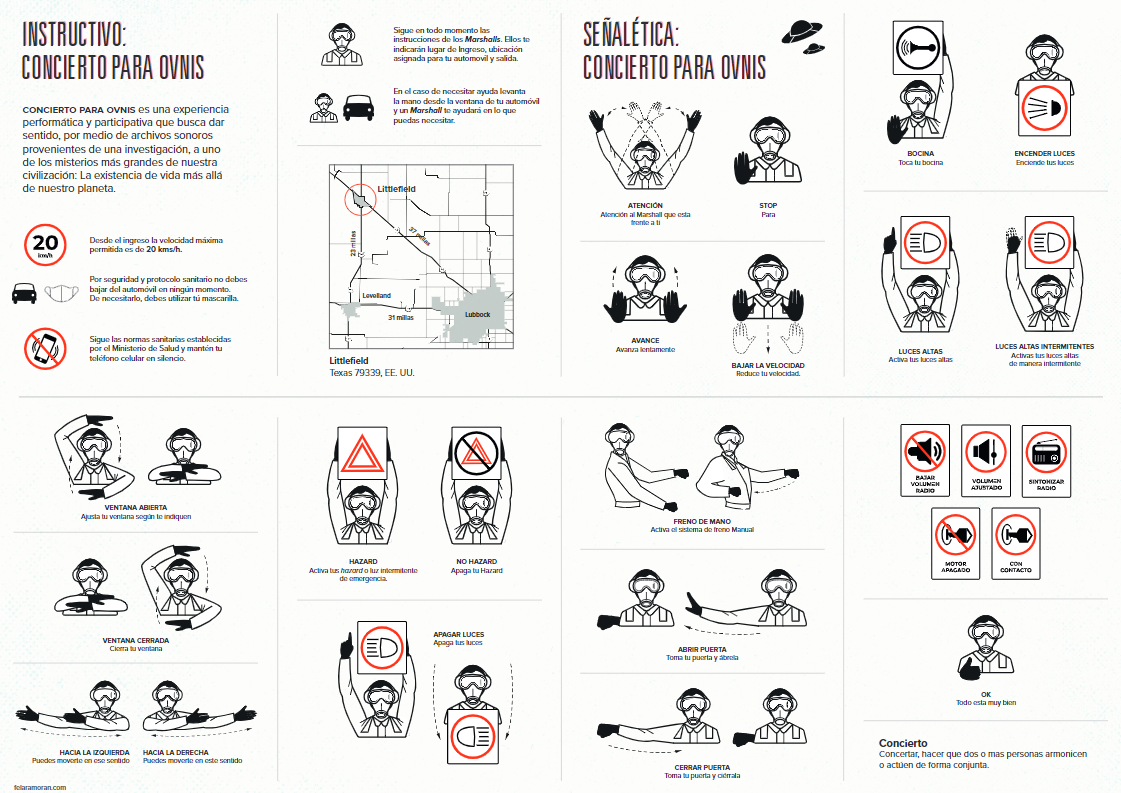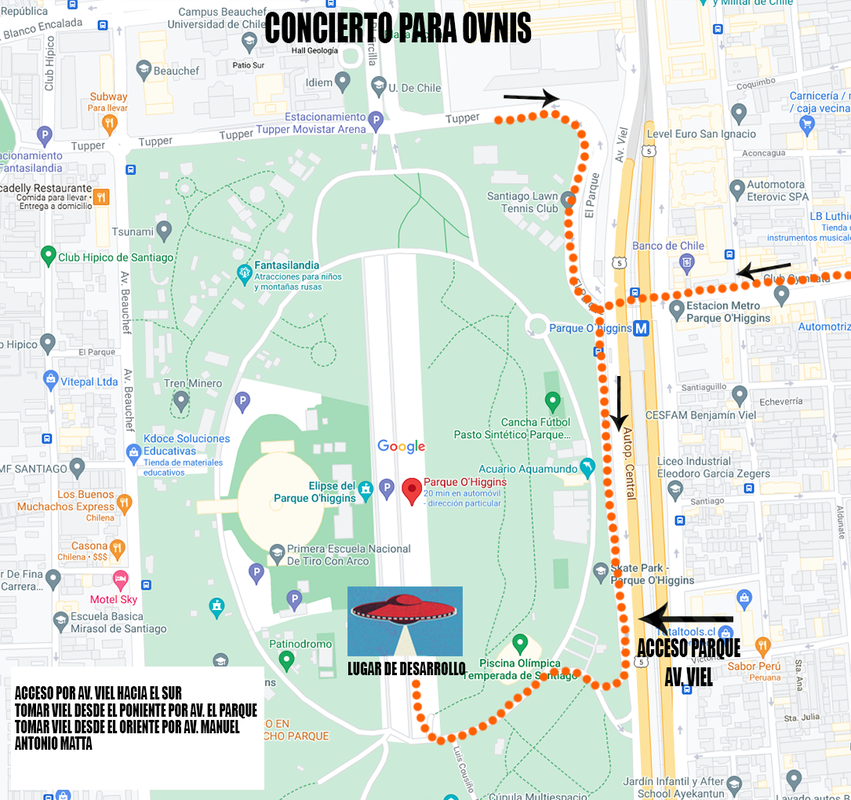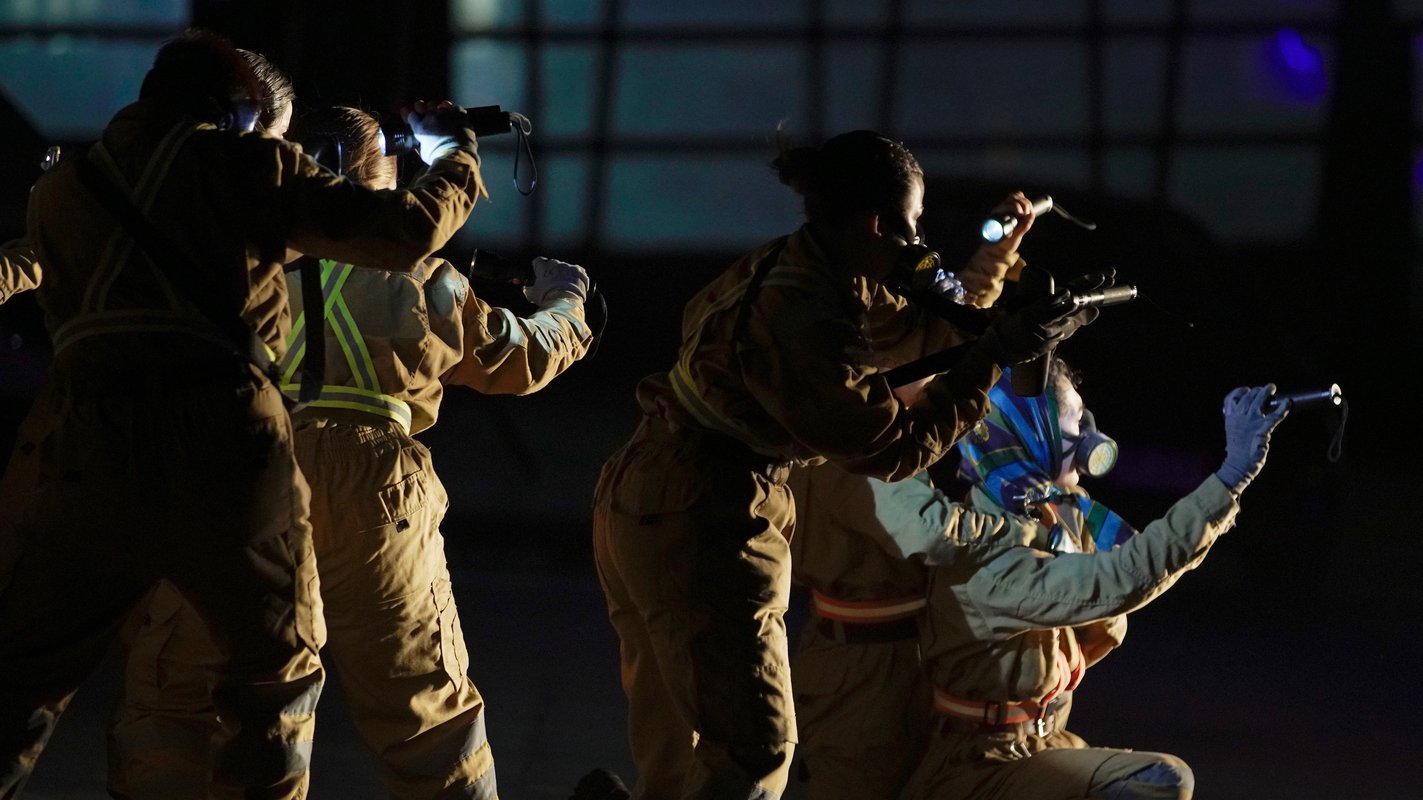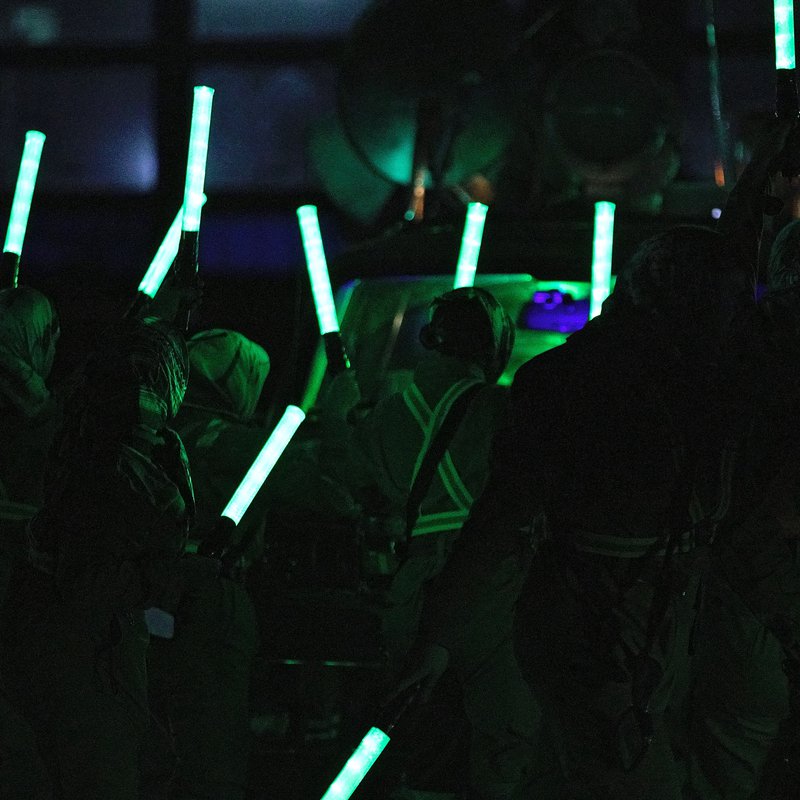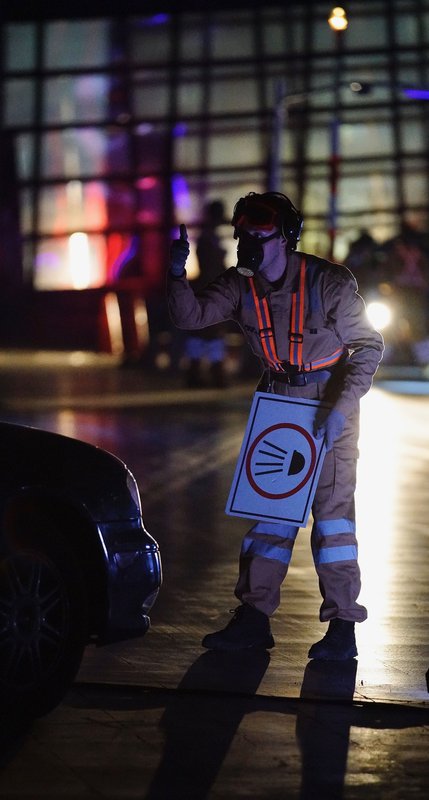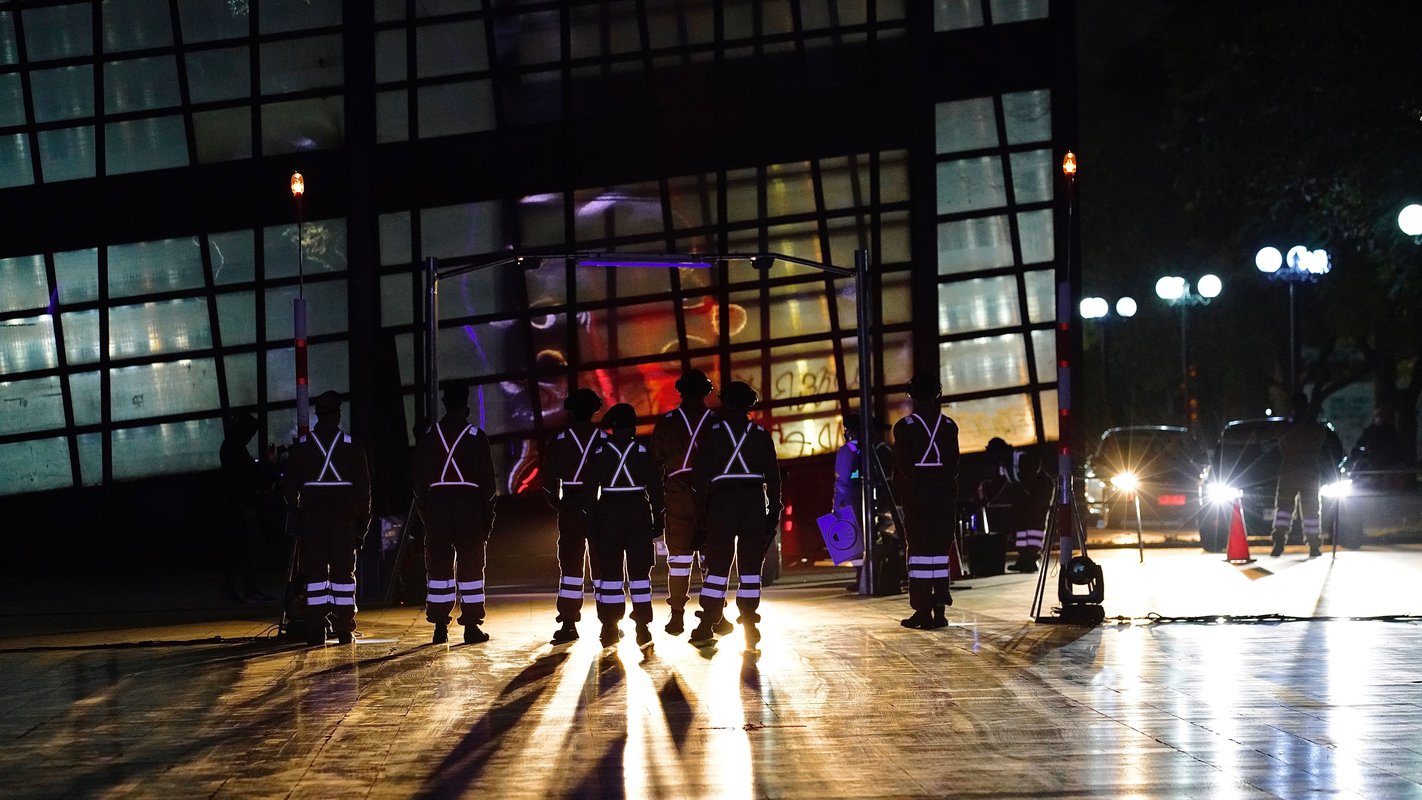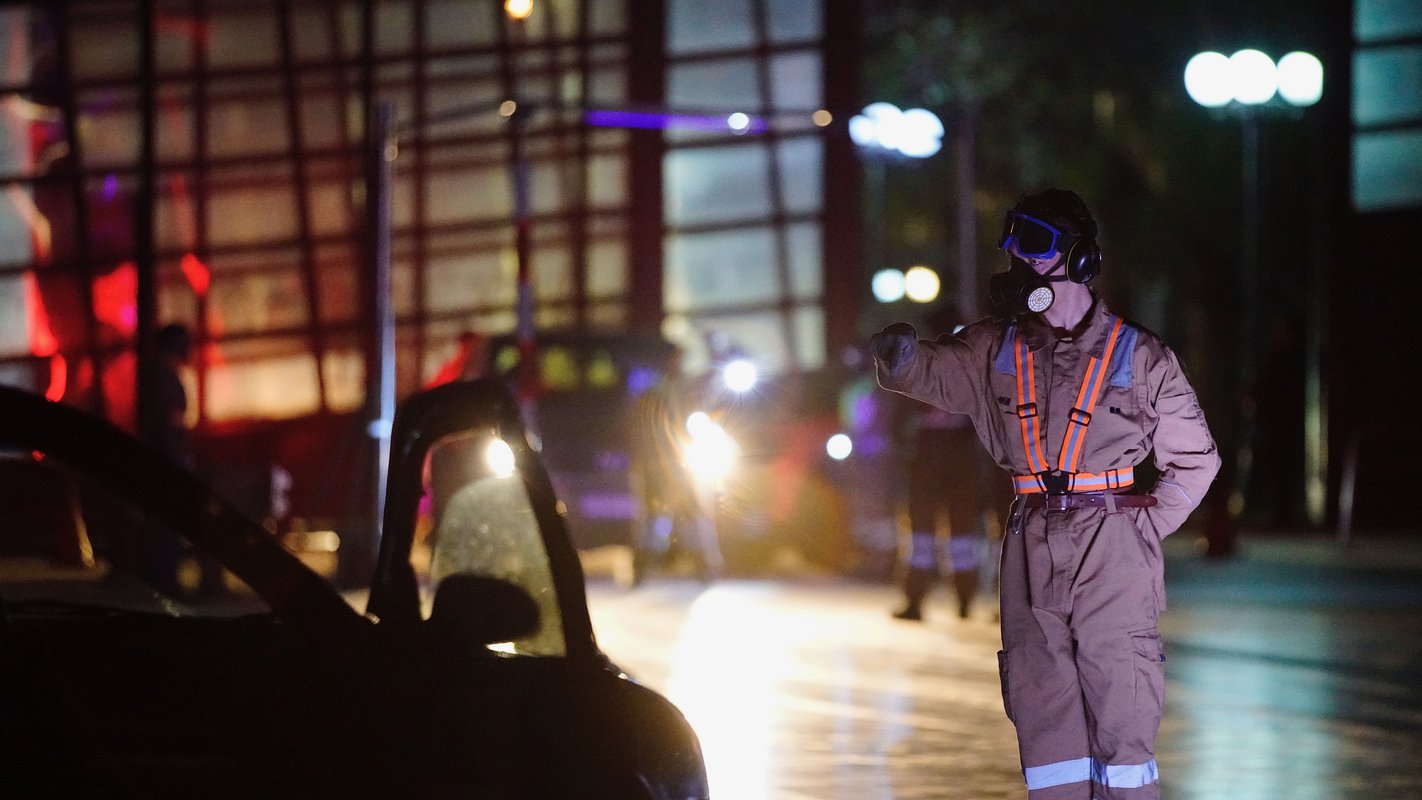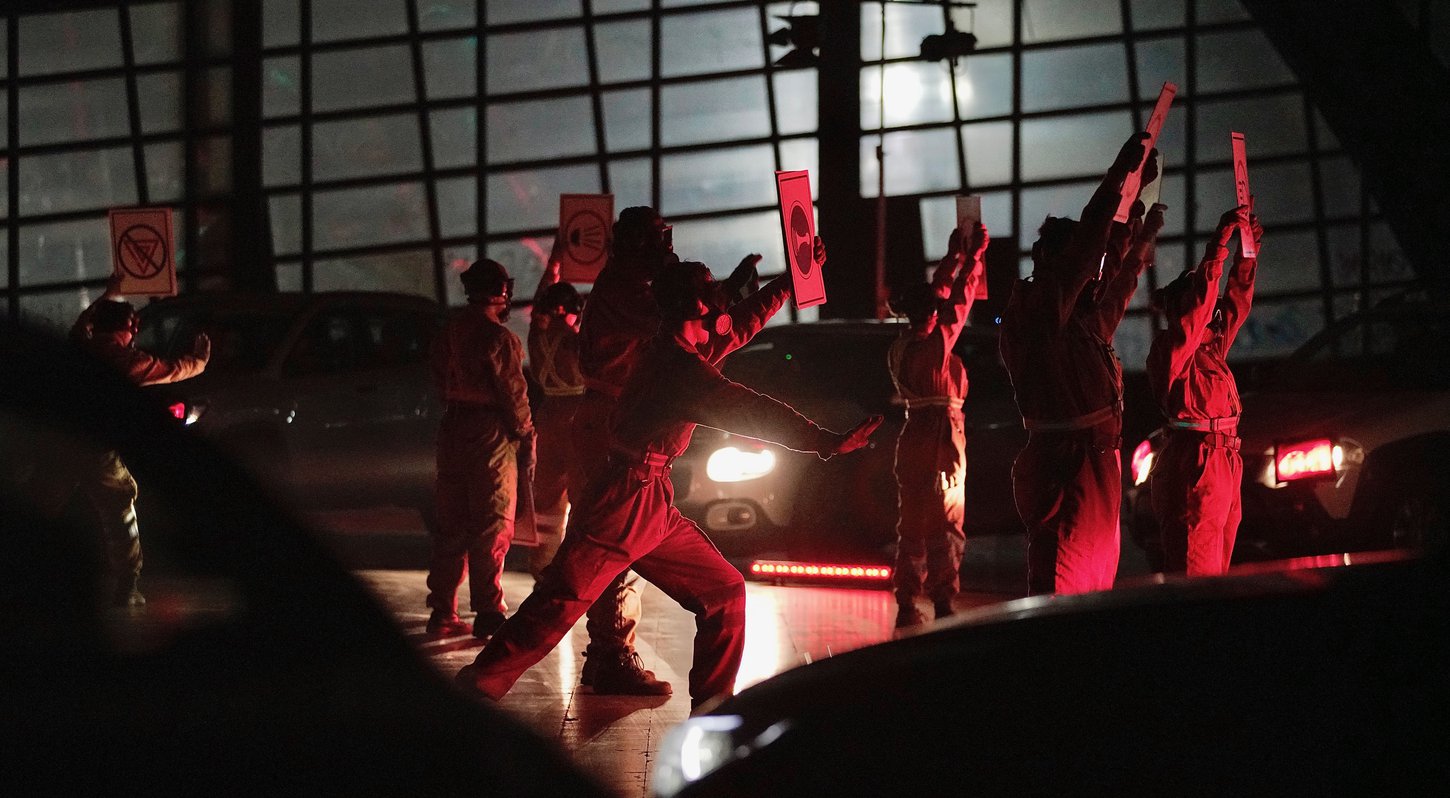Performance colectiva
Artistic director: Héctor Morales | Musical director: Daniel Marabolí | Performers: Héctor Morales and Daniel Marabolí | Set, costume and lighting designer: Gabriela Torrejón | General producer: Carmina Infante | Technical producer: Fernando Oviedo | Radio transmissions: Sergio Gilabert | Stagehands/performers: Magdalena Llanos, Francisca Bielefeldt, Javiera Barrientos, Paula Díaz, Pamela Flores, Nicolás Vergara, Kevin Yévenes, Carlos Ortega, Nicolás González, Tomás Araya | Operator and sound assistant: Octavio O´Shee | Script consultant: Manuela Infante.
Héctor Morales
Artistic director
Talent on any stage
This Chilean actor has had an outstanding career in theater, cinema and television. He’s taken part in more than 40 theater plays, starring in productions such as Prat, Cristo, Zoo, Realismo and El zoológico de cristal. Among his many awards, the Chilean Circle of Art Critics’ Best Actor award in 2019 for Muerte accidental de un anarquista by Darío Fo particularly stands out. In 2020, he put on his third play as a director, El BOT and was also involved in its script and online version. He’s been a member of the drama departments of the TVN and Canal 13 channels, taking part in series and miniseries, as well as presenting cultural programs. In cinema, he’s taken part in feature films such as Fuga, Tony Manero, Mi último round and Swing. He also made his debut as a director for one of the stories in the Chilean feature film Un día cualquiera.
Daniel Marabolí
Musical director
A role model for sound designers in Chile
This actor and teacher has designed the sound and/or composed the music for 100 Chilean productions since 2001, working with directors such as Manuela Infante, Aliocha de la Sotta, Ana Harcha, Paula Aros Gho, Juan Peragallo and Francisco Medina. As a musician, he’s been involved in the musical project Alamedas, has worked with Fernando Milagros, and he’s currently a member of the band Bahía Inútil and he’s been a musical assistant for the scores composed by theater designer and régie Pablo Núñez. Since 2012, he’s been in a creative partnership with artist Trinidad Piriz, which has led to the creation of Helen Brown (2012), Teatronacional (2013), Ithaca (2015), Fin (2017) and Coro (2019), as well as the training seminar El sonido y el adentro for both professionals and amateurs, held in Chile and abroad.
— After being in a lockdown that was the complete opposite, it’s a good excuse to rethink what brings us together. It’s a shared act in which everyone plays a role in the narrative and an opportunity to come together again in a socially-distanced performance. Concierto para ovnis is far from being a drive-in movie experience; in it, we’re all part of the story.
—It’s an experience that harks back to the stories of UFOs that first emerged in the radio theater piece War of the Worlds, created in 1938 by Orson Welles and which reached their peak during the Cold War. This time, the story starts with the tale of what happened to two scientists in Littlefield, U.S.A in 1968, who tried to make contact with a strange object they came across in the middle of the road. Stories about UFOs usually make a comeback when humans are going through some sort of global crisis and this piece is a novel way of doing so that also explores new ways of creating art.
—The creative trio of Manuela Infante (who helped with the script) and Héctor Morales and Daniel Marabolí (who worked together at the Teatro de Chile) is back together again. Marabolí and Infante are also both members of the band Bahía Inútil.
UFOs: Standing for Unidentified Flying Objects, this refers to the sighting of real or imaginary objects whose origin is unknown. In the world of UFOs, a close encounter is when a person sees a UFO and sometimes its hypothetical occupants. A classification system was created by North American astronomer Josef Allen Hynek in 1971, describing three possible types of encounter. The name of the Steven Spielberg movie Close Encounters of the Third Kind (1977) is taken from this system.
Performance: An avant-garde art form in which the play’s medium is the artist’s body and the play itself is made up of the actions this carries out, normally combined with multiple other elements such as the visual arts, music, dance and theater. It’s one of the art forms that transformed art in the middle of the twentieth century.
Convened group work: This is when a group of people get together to carry out a task set by an artist. As opposed to something just ‘happening’ - when the audience becomes part of the play spontaneously - in this case people other than the audience are asked by the artist to carry out a specific task under their supervision.
—Take a look at Héctor Morales’ Youtube channel and his series Para dónde vamos, in which he interviews important figures from both the cultural sphere, such as Nona Fernández and from public life, such as Izkia Siches and Gustavo Gatica.
—Listen to Bitácora Sonora by Daniel Marabolí on Spotify about the different things anonymous people have gone through during the pandemic.
On Instagram, @hectormorals | @baddanni
On Twitter, @hectormorals
On Facebook, hectormoralesactor | daniel.marabolibernales
CON EL APOYO DE

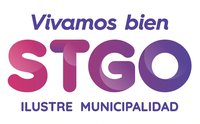
Concierto para ovnis
By Héctor Morales and Daniel Marabolí
- Chile
- Spanish
- 60 minutes
- Todo público
Can 60 cars connect us with aliens using lights and radio waves? This group performance tries to bring us closer to not only to aliens but also to ourselves, in what has been a year of physical confinement.
Littlefield, United States. 1968. One night in May, two well-known female scientists were driving home after a party at the Edwin Hubble Astrophysics Center where they both worked. Suddenly, they saw a strange flying object with flashing lights in the middle of the road, making strange noises. In an attempt to understand what they were seeing, they tried to start up a conversation with the occupants of the unidentified flying object, but it was completely useless, as everything they said was unintelligible. For years they tried to come up with an explanation for this strange event and discover what kind of message was trying to be conveyed, even keeping a record of the audio recordings from the investigation’s case file. At the end of the seventies, in the middle of the space race, the powerful Cold War and a scenario filled with politicians, scientists and even aliens, these two women have to decide whether to carry on with the investigation or not, with only the lost recordings of an investigation cut short to go on.
Santiago, Chile. 2021. One night in January, two well-known Chilean performers - who have just finished their last piece of theater together about Einstein’s life and work - discover the story of two astrophysicists who had a strange encounter with an unidentified flying object in 1968. They decide to take a look at the hidden and forgotten audio recordings of the case named The Light of Littlefield, trying to get to the bottom of what the scientists might have seen and heard that night on the highway.
Concierto para ovnis is about this same search and everyone’s invited to collaborate with the performers. It’s a collective piece in which the attendees are a vital part of the story, which uses radio transmissions and elements similar to those of a live concert. It’s an immersive and ritualistic act, in which the audience has to use their own cars to participate (for example, with their radios, lights and horns), looking to establish audio/luminous connections with the mysteries of the universe and with group and in person activities and to rediscover others.
Concierto para ovnis
By Héctor Morales and Daniel Marabolí
- Chile
- Spanish
- 60 minutes
- Todo público
Can 60 cars connect us with aliens using lights and radio waves? This group performance tries to bring us closer to not only to aliens but also to ourselves, in what has been a year of physical confinement.
Littlefield, United States. 1968. One night in May, two well-known female scientists were driving home after a party at the Edwin Hubble Astrophysics Center where they both worked. Suddenly, they saw a strange flying object with flashing lights in the middle of the road, making strange noises. In an attempt to understand what they were seeing, they tried to start up a conversation with the occupants of the unidentified flying object, but it was completely useless, as everything they said was unintelligible. For years they tried to come up with an explanation for this strange event and discover what kind of message was trying to be conveyed, even keeping a record of the audio recordings from the investigation’s case file. At the end of the seventies, in the middle of the space race, the powerful Cold War and a scenario filled with politicians, scientists and even aliens, these two women have to decide whether to carry on with the investigation or not, with only the lost recordings of an investigation cut short to go on.
Santiago, Chile. 2021. One night in January, two well-known Chilean performers - who have just finished their last piece of theater together about Einstein’s life and work - discover the story of two astrophysicists who had a strange encounter with an unidentified flying object in 1968. They decide to take a look at the hidden and forgotten audio recordings of the case named The Light of Littlefield, trying to get to the bottom of what the scientists might have seen and heard that night on the highway.
Concierto para ovnis is about this same search and everyone’s invited to collaborate with the performers. It’s a collective piece in which the attendees are a vital part of the story, which uses radio transmissions and elements similar to those of a live concert. It’s an immersive and ritualistic act, in which the audience has to use their own cars to participate (for example, with their radios, lights and horns), looking to establish audio/luminous connections with the mysteries of the universe and with group and in person activities and to rediscover others.
Artistic director: Héctor Morales | Musical director: Daniel Marabolí | Performers: Héctor Morales and Daniel Marabolí | Set, costume and lighting designer: Gabriela Torrejón | General producer: Carmina Infante | Technical producer: Fernando Oviedo | Radio transmissions: Sergio Gilabert | Stagehands/performers: Magdalena Llanos, Francisca Bielefeldt, Javiera Barrientos, Paula Díaz, Pamela Flores, Nicolás Vergara, Kevin Yévenes, Carlos Ortega, Nicolás González, Tomás Araya | Operator and sound assistant: Octavio O´Shee | Script consultant: Manuela Infante.
Héctor Morales
Artistic director
Talent on any stage
This Chilean actor has had an outstanding career in theater, cinema and television. He’s taken part in more than 40 theater plays, starring in productions such as Prat, Cristo, Zoo, Realismo and El zoológico de cristal. Among his many awards, the Chilean Circle of Art Critics’ Best Actor award in 2019 for Muerte accidental de un anarquista by Darío Fo particularly stands out. In 2020, he put on his third play as a director, El BOT and was also involved in its script and online version. He’s been a member of the drama departments of the TVN and Canal 13 channels, taking part in series and miniseries, as well as presenting cultural programs. In cinema, he’s taken part in feature films such as Fuga, Tony Manero, Mi último round and Swing. He also made his debut as a director for one of the stories in the Chilean feature film Un día cualquiera.
Daniel Marabolí
Musical director
A role model for sound designers in Chile
This actor and teacher has designed the sound and/or composed the music for 100 Chilean productions since 2001, working with directors such as Manuela Infante, Aliocha de la Sotta, Ana Harcha, Paula Aros Gho, Juan Peragallo and Francisco Medina. As a musician, he’s been involved in the musical project Alamedas, has worked with Fernando Milagros, and he’s currently a member of the band Bahía Inútil and he’s been a musical assistant for the scores composed by theater designer and régie Pablo Núñez. Since 2012, he’s been in a creative partnership with artist Trinidad Piriz, which has led to the creation of Helen Brown (2012), Teatronacional (2013), Ithaca (2015), Fin (2017) and Coro (2019), as well as the training seminar El sonido y el adentro for both professionals and amateurs, held in Chile and abroad.
— After being in a lockdown that was the complete opposite, it’s a good excuse to rethink what brings us together. It’s a shared act in which everyone plays a role in the narrative and an opportunity to come together again in a socially-distanced performance. Concierto para ovnis is far from being a drive-in movie experience; in it, we’re all part of the story.
—It’s an experience that harks back to the stories of UFOs that first emerged in the radio theater piece War of the Worlds, created in 1938 by Orson Welles and which reached their peak during the Cold War. This time, the story starts with the tale of what happened to two scientists in Littlefield, U.S.A in 1968, who tried to make contact with a strange object they came across in the middle of the road. Stories about UFOs usually make a comeback when humans are going through some sort of global crisis and this piece is a novel way of doing so that also explores new ways of creating art.
—The creative trio of Manuela Infante (who helped with the script) and Héctor Morales and Daniel Marabolí (who worked together at the Teatro de Chile) is back together again. Marabolí and Infante are also both members of the band Bahía Inútil.
UFOs: Standing for Unidentified Flying Objects, this refers to the sighting of real or imaginary objects whose origin is unknown. In the world of UFOs, a close encounter is when a person sees a UFO and sometimes its hypothetical occupants. A classification system was created by North American astronomer Josef Allen Hynek in 1971, describing three possible types of encounter. The name of the Steven Spielberg movie Close Encounters of the Third Kind (1977) is taken from this system.
Performance: An avant-garde art form in which the play’s medium is the artist’s body and the play itself is made up of the actions this carries out, normally combined with multiple other elements such as the visual arts, music, dance and theater. It’s one of the art forms that transformed art in the middle of the twentieth century.
Convened group work: This is when a group of people get together to carry out a task set by an artist. As opposed to something just ‘happening’ - when the audience becomes part of the play spontaneously - in this case people other than the audience are asked by the artist to carry out a specific task under their supervision.
—Take a look at Héctor Morales’ Youtube channel and his series Para dónde vamos, in which he interviews important figures from both the cultural sphere, such as Nona Fernández and from public life, such as Izkia Siches and Gustavo Gatica.
—Listen to Bitácora Sonora by Daniel Marabolí on Spotify about the different things anonymous people have gone through during the pandemic.
On Instagram, @hectormorals | @baddanni
On Twitter, @hectormorals
On Facebook, hectormoralesactor | daniel.marabolibernales
CON EL APOYO DE


